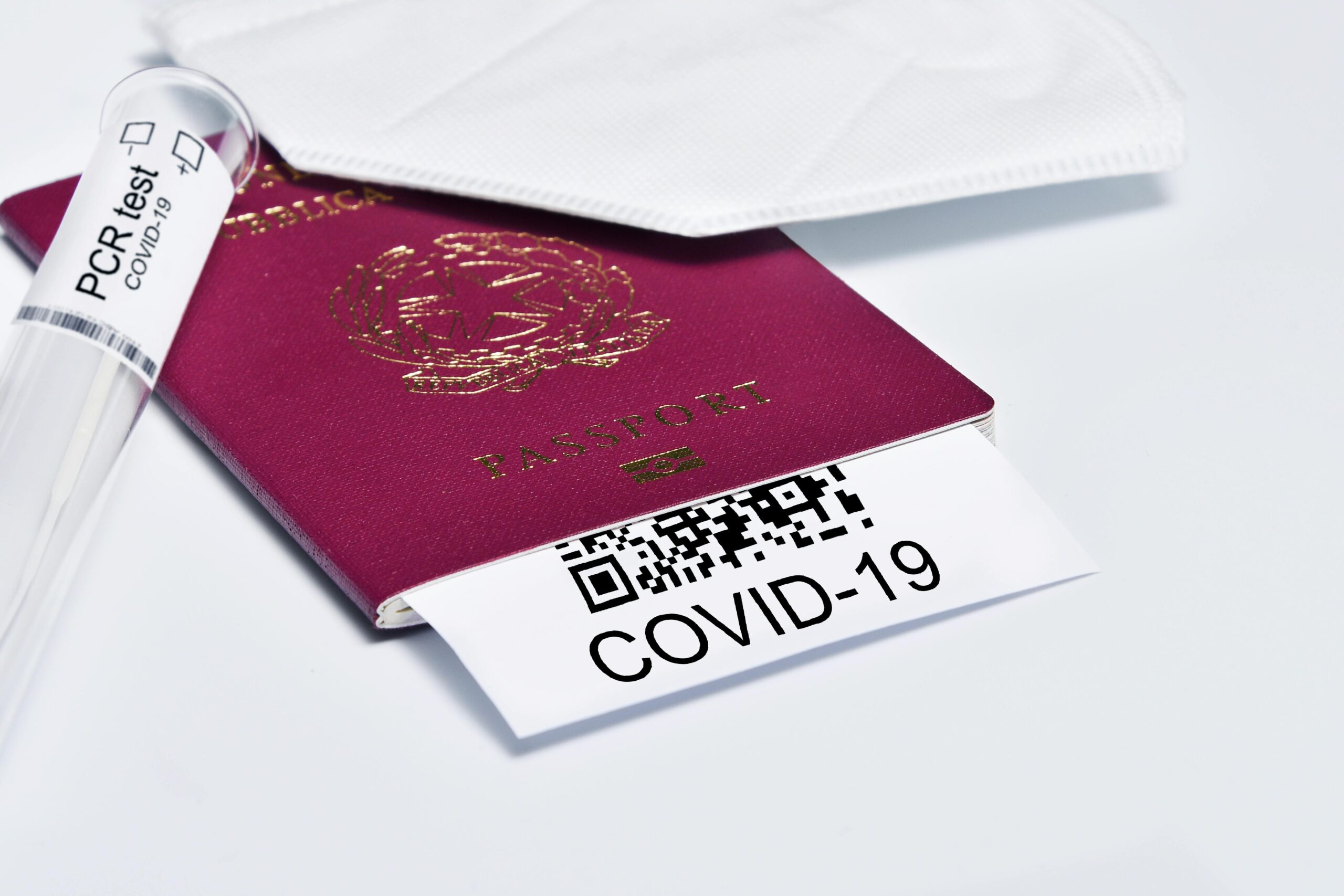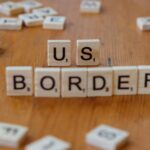Becoming a Canadian citizen is the final, momentous step in a long and often arduous immigration journey. It culminates in a deeply meaningful event: the Canadian citizenship ceremony. These ceremonies, held across the country, are not merely administrative formalities; they are profound celebrations of new beginnings, diversity, and the shared values that unite all Canadians. A recent announcement highlighted such an event, with The Honourable Lena Metlege Diab set to welcome new citizens in Calgary, underscoring the national importance of these occasions. This article serves as an in-depth guide to understanding the Canadian citizenship ceremony, from the rigorous path leading up to it, to the powerful rights and responsibilities that follow. It is a comprehensive resource for permanent residents on the cusp of citizenship and anyone interested in the fabric of Canadian identity.
Table of Contents
- 1. The Unforgettable Path to the Canadian Citizenship Ceremony
- 2. Decoding the Canadian Citizenship Ceremony: A Landmark Event
- 3. Embracing Your Power: The Rights and Duties of New Canadian Citizens
- 4. After the Oath: Essential Next Steps for New Citizens
- 5. Frequently Asked Questions about the Canadian Citizenship Ceremony
The Unforgettable Path to the Canadian Citizenship Ceremony
The invitation to a citizenship ceremony is a document that represents years of perseverance, planning, and integration. Before one can stand to take the Oath of Citizenship, they must navigate a meticulous process set forth by Immigration, Refugees and Citizenship Canada (IRCC). This journey ensures that new citizens have a foundational connection to Canada and are prepared for their new role. The first and most critical prerequisite is holding Permanent Resident (PR) status in Canada. Beyond this, applicants must demonstrate a significant physical presence in the country, having lived in Canada for at least 1,095 days (three years) during the five years immediately before applying. This requirement ensures that applicants have developed ties to their communities and have experienced life in Canada. Additionally, applicants must demonstrate that they have filed their income taxes, as required, for at least three of the last five years, contributing to the public services that benefit all Canadians. For most applicants between the ages of 18 and 54, proving proficiency in one of Canada’s official languages, English or French, is mandatory. This is followed by the Canadian Citizenship Test, a comprehensive exam that assesses knowledge of Canada’s history, geography, government, and the rights and responsibilities of citizenship. Successfully passing this test is the final major hurdle before receiving the long-awaited invitation to the ceremony.
Decoding the Canadian Citizenship Ceremony: A Landmark Event
The Canadian citizenship ceremony is a formal yet deeply moving event. Whether held in a grand hall, a community centre, or even virtually, its significance remains undiminished. These ceremonies are presided over by a citizenship judge or a designated official who guides the participants through the proceedings. The event typically begins with welcoming remarks, often highlighting the diversity of the candidates and the importance of their decision to become Canadian. In a poignant moment, the presiding official will speak about the meaning of citizenship, the history of the country, and the values that underpin Canadian society, such as democracy, human rights, and the rule of law. The centrepiece of the ceremony is the collective recitation of the Oath of Citizenship. Standing with their right hand raised, candidates swear or affirm their allegiance to the reigning Monarch of Canada and pledge to faithfully observe the laws of Canada and fulfill their duties as a Canadian citizen. This oath is the legal act that confers citizenship. Following the oath, new citizens are called forward, often one by one, to receive their Certificate of Canadian Citizenship, a document that serves as official proof of their new status. The ceremony concludes with the singing of the national anthem, “O Canada.” It is a powerful moment, as individuals from all corners of the globe sing together for the first time as fellow citizens, united in their new shared identity.
Embracing Your Power: The Rights and Duties of New Canadian Citizens
Acquiring Canadian citizenship is not just a symbolic act; it unlocks a powerful set of rights and introduces a solemn set of responsibilities. These form the bedrock of Canadian democracy and civic life. The rights are legally protected and ensure that every citizen can participate fully in society. Perhaps the most significant right is the ability to participate in the democratic process, including the right to vote in federal, provincial, and municipal elections, and the right to run for political office. Another fundamental right is the ability to apply for a Canadian passport, which provides visa-free or visa-on-arrival access to a vast number of countries and the unconditional right to enter and remain in Canada. Citizens are also protected from being forced to leave the country, unlike permanent residents who can lose their status under certain conditions. Along with these rights come profound responsibilities that are essential for the health and vibrancy of the nation.
- Obeying the law: A core duty of every citizen is to respect and abide by Canada’s laws, which are designed to maintain a safe, orderly, and fair society.
- Serving on a jury: When called upon, serving on a jury is a critical civic duty that ensures the right to a fair trial by one’s peers.
- Voting in elections: While a right, voting is also considered a key responsibility, as it is the primary way citizens shape their government and society.
- Respecting the rights and freedoms of others: Canada’s multicultural society thrives on mutual respect and the protection of the freedoms guaranteed in the Canadian Charter of Rights and Freedoms.
- Protecting Canada’s heritage and environment: Citizens are stewards of the country’s rich natural and cultural heritage, responsible for preserving it for future generations.
After the Oath: Essential Next Steps for New Citizens
The elation of the citizenship ceremony is a moment to be cherished, but it is also the beginning of a new administrative chapter. Once you have your Certificate of Canadian Citizenship in hand, there are several practical steps to take to fully integrate your new status into your daily life. The most immediate and often most exciting step is applying for a Canadian passport. The citizenship certificate is the primary document required for this application. A Canadian passport is not only a world-class travel document but also the most definitive proof of your citizenship. It is highly recommended to apply for it soon after the ceremony, especially if you have plans for international travel. Another crucial step is to update your Social Insurance Number (SIN) record. While your SIN itself does not change, you must visit a Service Canada office with your citizenship certificate to update your status from ‘temporary’ or ‘permanent resident’ to ‘citizen.’ This ensures your record is accurate for employment and tax purposes. It is also wise to update your citizenship status with other relevant bodies, such as your provincial health care provider, to ensure all records are current. Finally, take the time to celebrate this incredible milestone with family and friends. Becoming a Canadian citizen is a testament to your commitment and a joyful occasion that deserves to be recognized and celebrated.
Frequently Asked Questions about the Canadian Citizenship Ceremony
What is the Oath of Citizenship?
The Oath of Citizenship is a solemn declaration that all candidates for citizenship must make during the ceremony. By taking the oath, they legally swear or affirm their allegiance to the Monarch of Canada and promise to obey Canada’s laws and fulfill their duties as a citizen.
How long does a Canadian citizenship ceremony usually last?
A typical Canadian citizenship ceremony is a formal event that generally lasts between 60 and 90 minutes. The duration can vary depending on the number of candidates and the specific program for the day, which includes speeches, the oath, and the presentation of certificates.
What happens if I cannot attend my scheduled citizenship ceremony?
If you are unable to attend your scheduled ceremony, you must notify Immigration, Refugees and Citizenship Canada (IRCC) immediately by providing a valid reason. IRCC will then reschedule you for a future ceremony, though this may cause a significant delay in becoming a citizen.
Can family and friends attend the citizenship ceremony?
Yes, new citizens are generally encouraged to invite family and friends to share in this special occasion. However, due to space limitations at some venues, there may be a restriction on the number of guests each candidate can bring.
What should I do with my Permanent Resident (PR) card after the ceremony?
Your Permanent Resident card is no longer valid once you become a Canadian citizen. You are required to present it to an official at the ceremony, and it will be securely destroyed by IRCC.
Talk to us to find out more. ->
The content above is not intended to provide legal advice or opinions of any kind and may not be used for professional or commercial purposes.







